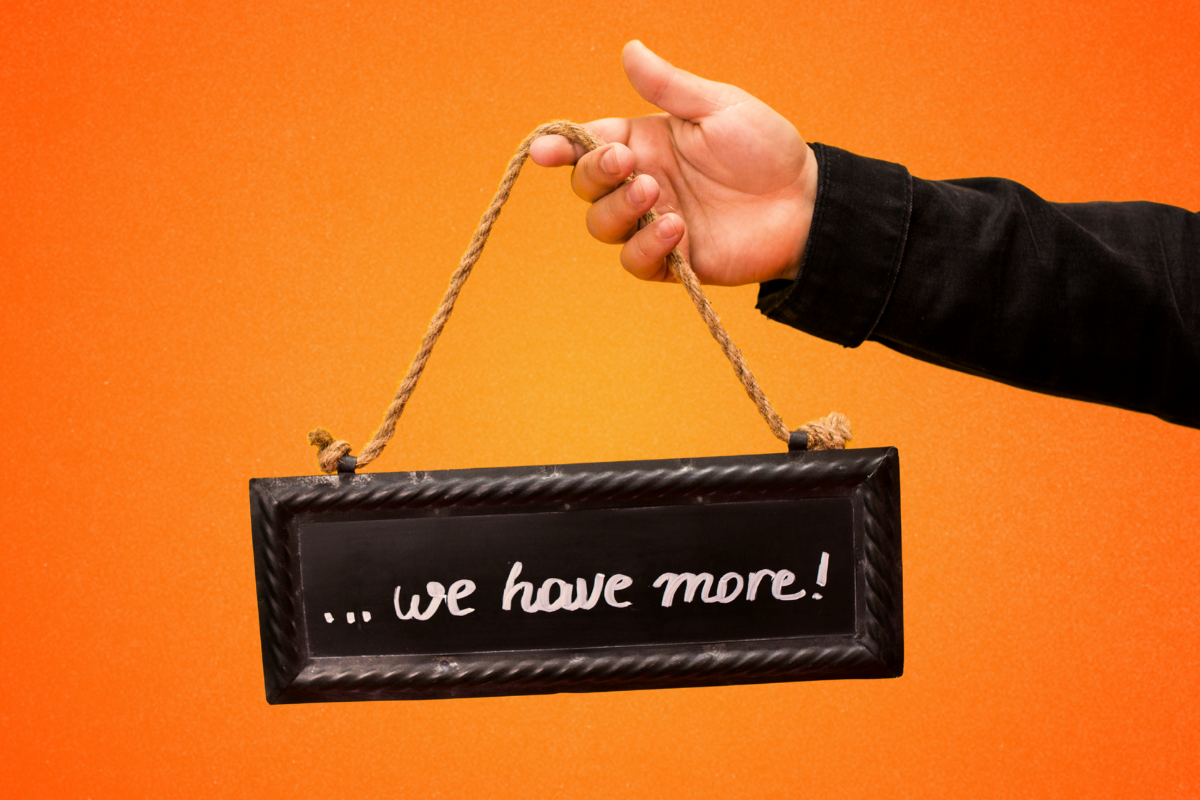
Many Filipinos are still hesitant to access credit/apply for a loan product. Understandably, many believe that one might get in trouble with repaying his loan if he does not have enough monthly disposable income for amortizations. While it is a valid concern, there are a lot of aspects and factors that need to be unpeeled for this topic.
Per a CEIC report, the Philippines’ Household Debt accounted for only 11.7 percent of the country’s Nominal GDP in 2024. It is much lower than Malaysia’s 84 percent, China’s 63 percent, UK’s 81 percent, and the US’ 71 percent. BSP’s Financial Inclusion Report revealed that as much as 47 percent of Filipino adults borrow money, while 19 percent of the Filipino adult population do not borrow at all. This is close to Vietnam’s estimated ratio of population with loans (47 percent), and lower than the US’ estimated adult population with student loans alone (58 percent of adults aged 18-29 years; 60 percent of adults aged 30-49 years).
In areas where agriculture is the main source of income, it is apparent that the small businesses get access to credit through their first circle (of family and friends) or cooperatives. In the metro and among the middle-income earners, the use of credit cards is abundant. But so much still needs to be learned about lending and financing. Particularly the specific products that cater to different borrowers and for varying purposes.
This opportunity was discussed during the Asialink Group of Companies’s “FINANCING FOR ALL” a live virtual session on Facebook. It featured the following lending and financing companies: Cepat Kredit, Cycle Financing, and Cebuana Cycle (a joint venture between GDFI Holdings and Cebuana Lhuiller). The forum focused on introducing other financing products that may not be so familiar to other Filipinos, like motorcycle mortgage loans and seafarer’s loan.
For those wary about misusing loans, there are new financing products that are very specific not just to the intended purpose, e.g., cell phone financing, but also for its borrower profile, e.g., motorcycle registration mortgage loan for motorcycle owners.
“It’s especially important for individuals who are underbanked or haven’t had the opportunity to build a credit history to know that financing options like sangla OR/CR are available,” said Mark Ian Billante, Cycle Financing’s business development head. “By stepping up our efforts to promote these services, we hope to reach more individuals and help them access the financial support they need,” Billante added during a discussion on reaching specific cohorts or communities with specific financing products for their specific needs.
“[…] we see how owning a brand-new motorcycle changes lives,” shared Kristal Tengzon, Cebuana Cycle’s business development officer. “For many, it means a more stable income, getting to work faster, or simply having more control over their time. […] Our motorcycle financing is built for everyday Filipinos. No big words, no complicated steps, just real support for real needs,” Tengzon added, highlighting the importance of convenience and simplicity in financing processes for those who need it.
“Loans aren’t scary,” said Daphnie Louise Fortin, loan consultant relations officer of Cepat Kredit. “[…] we believe that with a clear process, transparent terms, and the right financing partner, getting a loan can be a smart and empowering decision that enables Filipino families to move forward, make important investments, and build a more secure future,” quoting Fortin when asked why Filipinos should not need to worry about borrowing money.
Ultimately, gaining access to credit comes with responsibilities. With your credit footprint on the line, you must make wise decisions in spending or utilizing loans and financing products. Using it to enable and empower yourself to earn more, become more efficient, live better, or help employ more are always the best cases.

